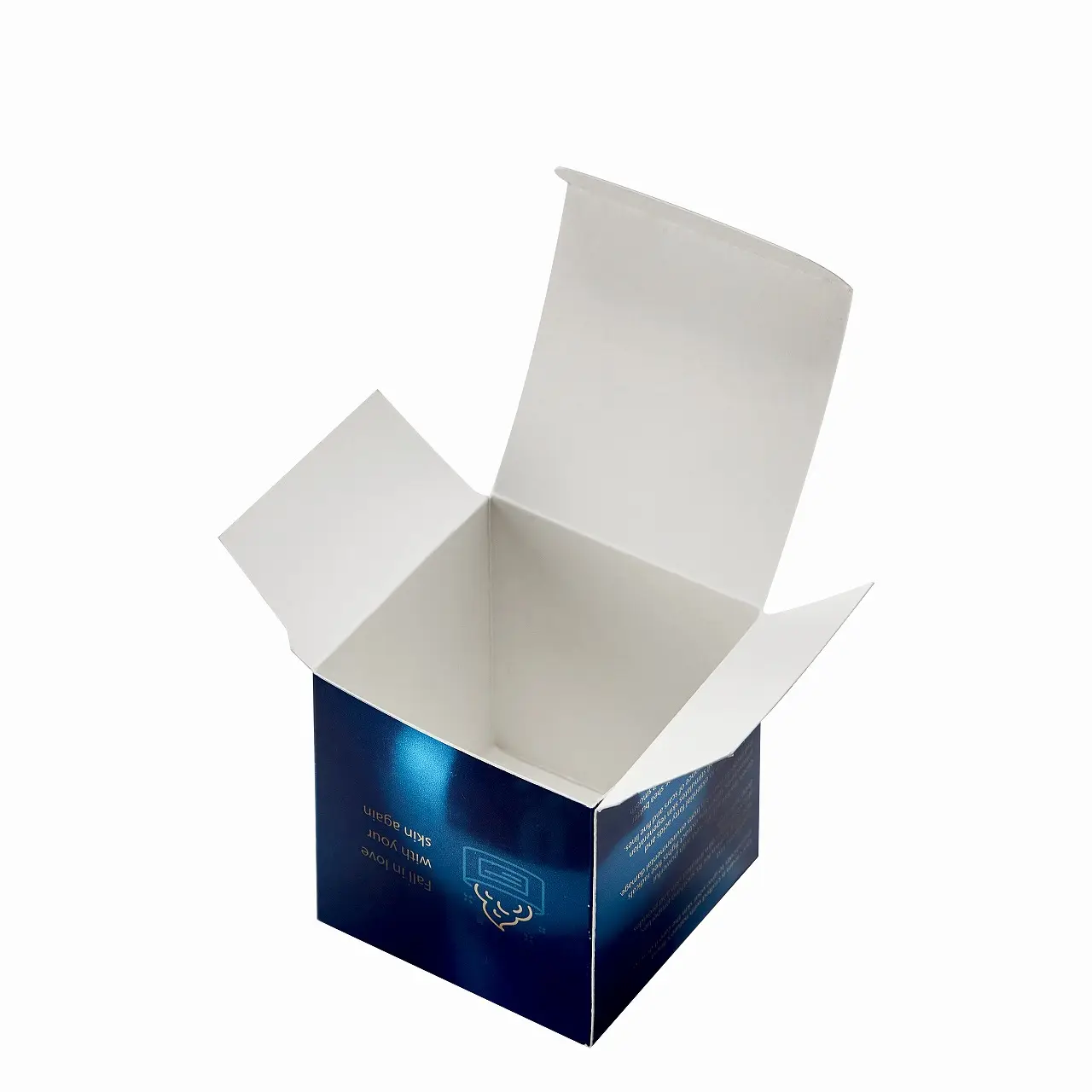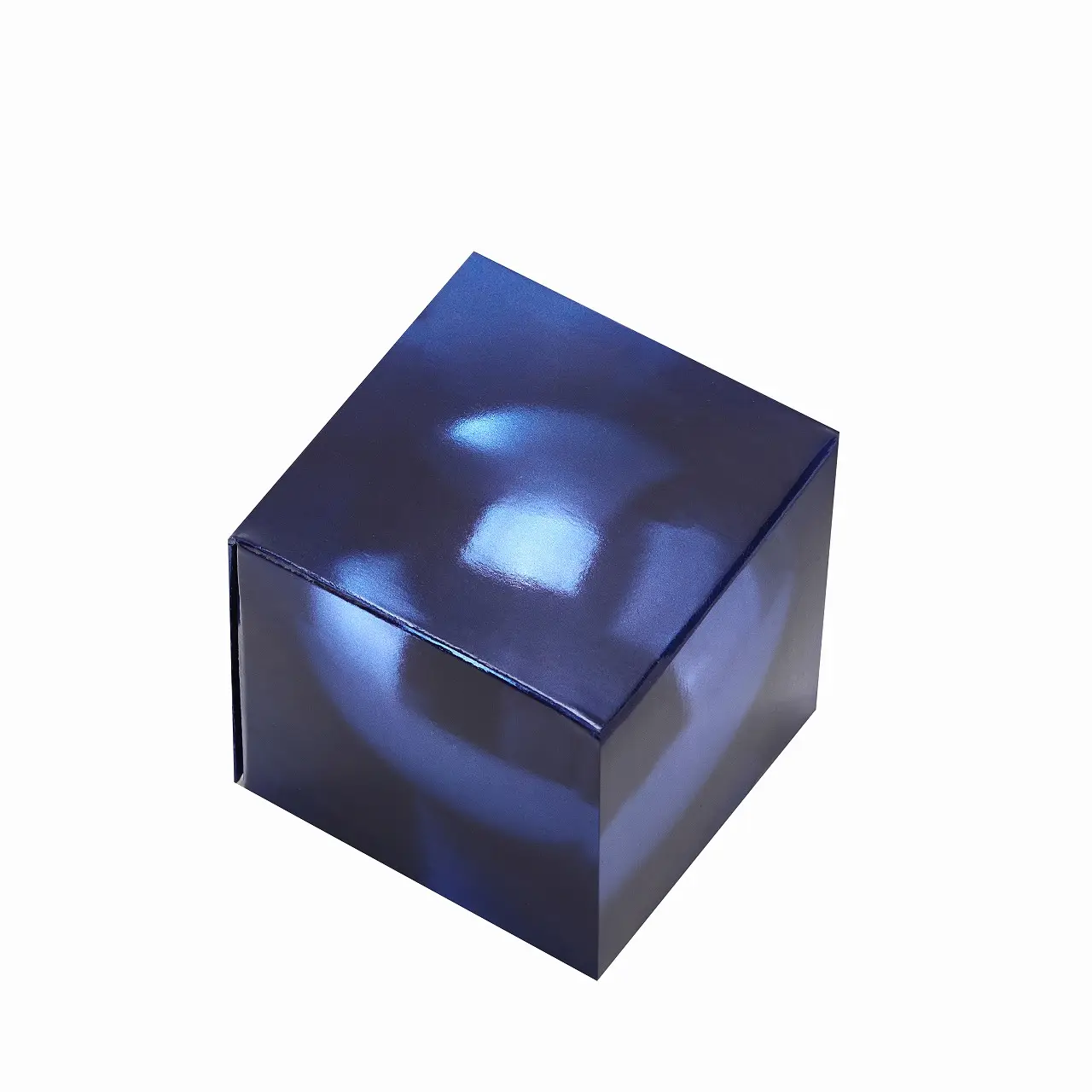Understanding the Fundamentals of Custom Box Sizing
Selecting the perfect custom box size is a critical decision that can significantly impact your packaging efficiency, shipping costs, and product protection. Whether you're an e-commerce business owner, a retail merchant, or someone looking to ship personal items, getting the box dimensions right the first time can save you considerable time and money. The process requires careful consideration of multiple factors, from product measurements to shipping carrier requirements.
Essential Measurements for Custom Box Sizing
Product Dimensions and Spacing Requirements
Before determining your custom box size, start by measuring your product's length, width, and height at their largest points. Remember to account for irregular shapes or protrusions that might affect the overall dimensions. Add approximately 2-3 inches of extra space for protective packaging materials such as bubble wrap, air pillows, or foam inserts. This buffer zone ensures your items remain secure during transit while preventing damage from impact or movement.
Weight Considerations and Material Selection
The weight of your product plays a crucial role in determining the appropriate custom box size and material strength. Heavier items require sturdier packaging materials and may need additional reinforcement. Consider the combined weight of your product and packaging materials when selecting box specifications. This total weight will also influence shipping costs and handling requirements.

Strategic Packaging Design Elements
Optimizing for Shipping Efficiency
When selecting your custom box size, consider how it will affect shipping costs. Many carriers now use dimensional weight pricing, which calculates shipping rates based on package volume rather than actual weight. By minimizing excess space and choosing appropriate box dimensions, you can potentially reduce shipping expenses significantly. Consider using custom box sizes that align with standard shipping containers to maximize space utilization during transport.
Sustainability and Material Usage
Right-sizing your custom boxes not only reduces shipping costs but also minimizes environmental impact. Excess packaging material contributes to waste and increases your carbon footprint. By choosing precise custom box sizes, you can optimize material usage, reduce waste, and demonstrate environmental responsibility to your customers. Consider using eco-friendly materials and right-sized packaging to enhance your brand's sustainability initiatives.
Advanced Box Sizing Techniques
Multi-Product Packaging Solutions
When shipping multiple items together, calculating the optimal custom box size becomes more complex. Consider the arrangement of products within the box to maximize space efficiency while ensuring proper protection. Use compartments or dividers when necessary to prevent items from shifting or damaging each other during transit. This approach may require custom inserts or specialized packaging solutions to accommodate various product combinations.
Seasonal and Variable Sizing Strategies
Your packaging needs may vary throughout the year due to seasonal products or changing inventory. Develop a flexible custom box size strategy that can accommodate these variations while maintaining cost-effectiveness. Consider maintaining multiple box size options or working with suppliers who can quickly adjust dimensions based on your changing needs. This adaptability ensures you're always using the most appropriate packaging solution.
Testing and Validation Processes
Sample Testing Procedures
Before finalizing your custom box size selection, conduct thorough testing with product samples. Ship test packages to various destinations to evaluate performance under real-world conditions. Monitor for any signs of damage, shifting, or compromised packaging integrity. Use this feedback to refine your box dimensions and packaging materials as needed.
Quality Control Measures
Implement regular quality control checks to ensure consistent custom box sizing across your packaging inventory. Maintain detailed specifications and communicate clearly with suppliers about your requirements. Regular audits of packaging performance can help identify areas for improvement and maintain high standards of product protection.
Long-term Cost Optimization
Inventory Management Considerations
Efficient custom box size selection impacts inventory management and storage costs. Standardizing box sizes where possible can simplify storage and reduce the complexity of maintaining multiple packaging SKUs. Consider the storage space required for different box sizes and how this affects your warehouse optimization efforts.
Return on Investment Analysis
Evaluate the long-term financial impact of your custom box size choices. Calculate the potential savings in shipping costs, damage reduction, and material usage against the investment in custom packaging solutions. Consider both immediate costs and long-term benefits when making packaging decisions.
Frequently Asked Questions
How much extra space should I leave in my custom box for protective packaging?
Generally, allow 2-3 inches of extra space on each side of your product for protective materials. This ensures adequate protection while avoiding excessive void fill that could increase shipping costs.
What factors affect the cost of custom box sizes?
Custom box pricing is influenced by factors including material type, quantity ordered, complexity of design, printing requirements, and minimum order quantities. Consider these variables when planning your packaging strategy.
How can I determine if my custom box size is cost-effective for shipping?
Calculate the dimensional weight of your package and compare it to actual weight. If there's a significant difference, consider reducing box size or exploring alternative packaging options. Many carriers provide tools to estimate shipping costs based on package dimensions.


